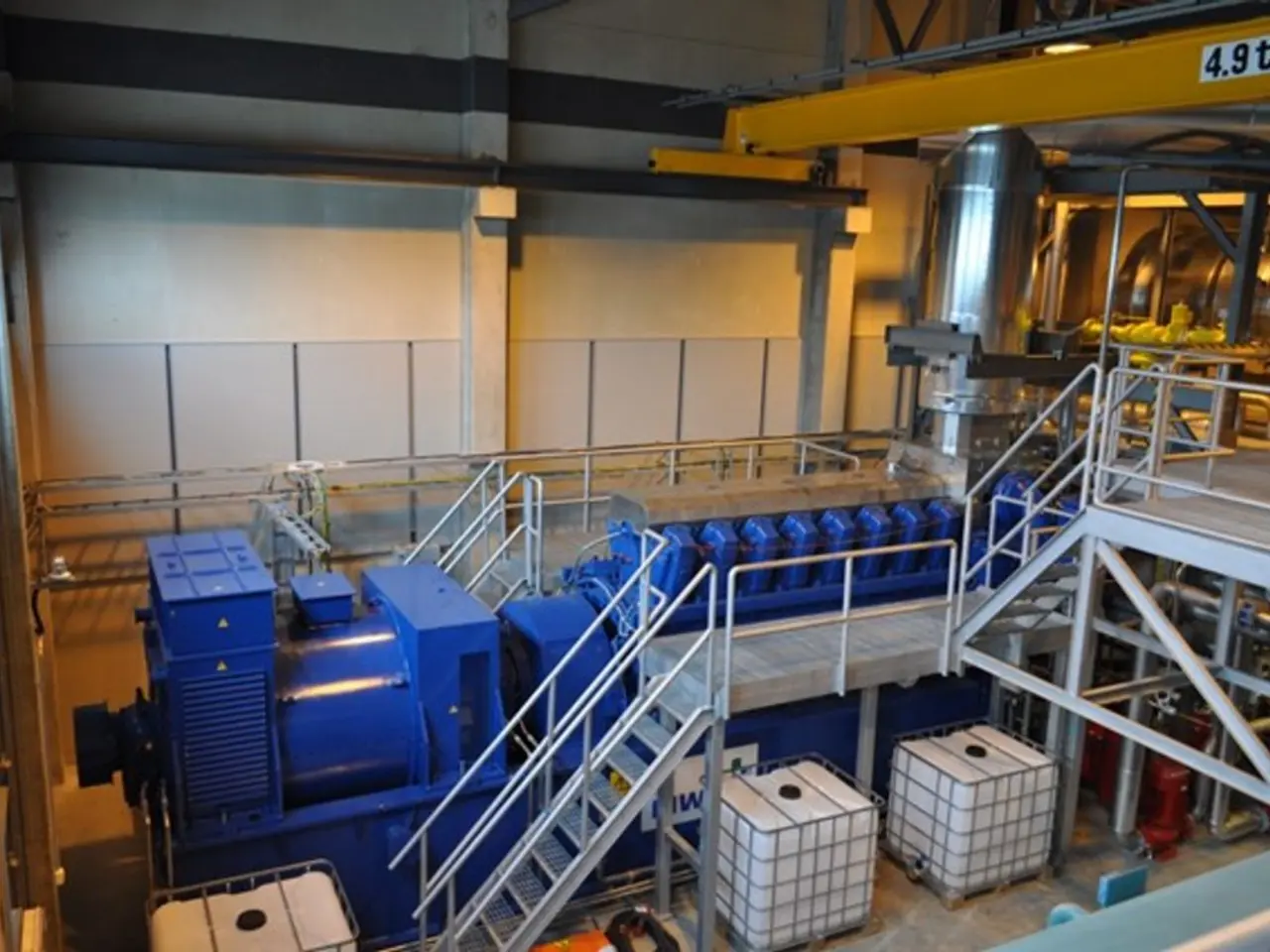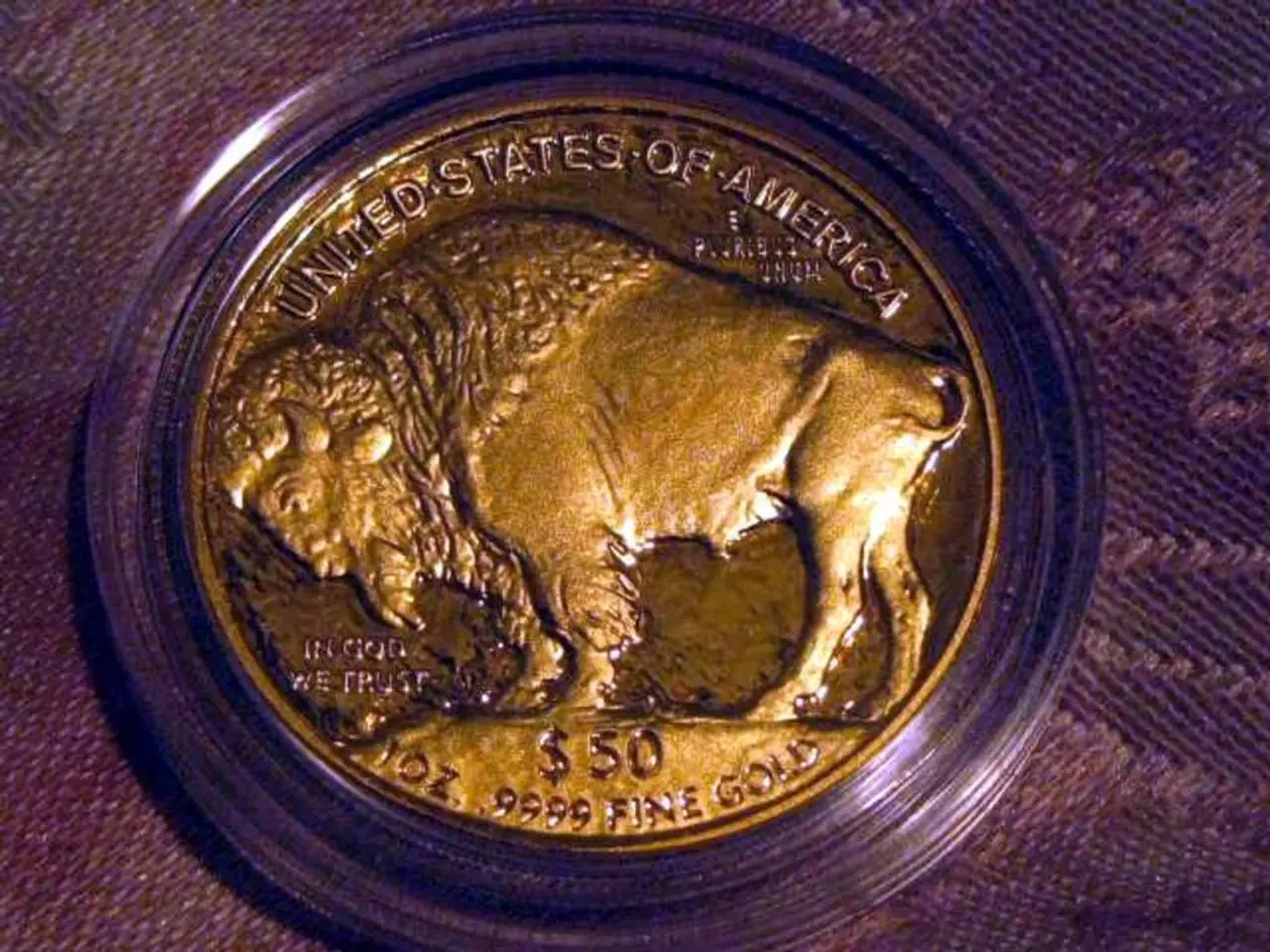Treasury chief discloses allegedly struck agreements with China, ready to release essential minerals supply
In a recent announcement, U.S. Treasury Secretary Scott Bessent has shared details about a reported U.S.-China trade deal, providing a glimmer of hope for improved economic relations between the two largest economies. The deal, which comes after a series of escalating tariffs, aims to rebalance trade and secure critical supply chains.
According to Bessent, the trade deal includes significant reciprocal tariff cuts. The U.S. will reduce its tariffs on Chinese imports to a flat rate of 55%, down from the previous 145%. In contrast, China will lower its tariffs on American goods to 10%, a substantial decrease from the previous 125% rate. This revised U.S. tariff rate includes a 10% base tariff (currently under legal challenge), a 25% tariff originating from Trump's first term, and an additional 20% tariff related to alleged fentanyl trafficking.
A crucial component of the deal is China's commitment to provide rare earth minerals, essential for major American industries such as automotive, semiconductors, smartphones, defense equipment, and electric vehicles. China dominates about 60% of global rare earth production and 90% of processing. The deal aims to facilitate more reliable access for U.S. industries to these critical materials, addressing longstanding U.S. national security concerns over dependency on China for rare earths.
Secretary Bessent expressed confidence that China will uphold its part of the initial trade agreement outlined in Geneva, signaling a hopeful shift towards economic rebalancing. The deal is seen as part of a broader effort to stabilize China’s economy by encouraging a shift from excess production to greater consumption and to reinvigorate U.S. economic growth through balanced trade.
While Bessent's statements emphasize the progress in trade negotiations and the potential for improved relations, no detailed legal text or full list of terms was publicly released at the time. The administration views the deal as a step toward correcting trade imbalances and boosting the U.S. economy by easing tensions with China and securing critical supply chains.
As the negotiations progress, it remains to be seen how this trade deal will impact the economic landscape of both countries and the world at large. The deal's success will depend on its implementation and the ability of both nations to honour their commitments.
Sources: [1] Axios (2021). U.S.-China trade deal: What's in it. [online] Available at: https://www.axios.com/us-china-trade-deal-what-is-in-it-831a61 [2] BBC News (2021). U.S.-China trade deal: What's been agreed? [online] Available at: https://www.bbc.com/news/world-us-canada-56677061 [3] CNBC (2021). U.S.-China trade deal: What's in it for the U.S.? [online] Available at: https://www.cnbc.com/2021/02/12/us-china-trade-deal-whats-in-it-for-the-us.html
The trade deal, a significant step towards easing tensions between the U.S. and China, promises reciprocal tariff cuts in the realm of finance and business. The U.S. will reduce tariffs on Chinese goods down to 55%, while China will mitigate its tariffs on American goods to 10%. This deal also focuses on securing critical supply chains, specifically rare earth minerals crucial for numerous American industries.
The revised U.S. tariff rate, 55%, comprises a 10% base tariff, a 25% tariff from Trump's first term, and an additional 20% tariff related to alleged fentanyl trafficking. These adjustments in trading practices are expected to impact the economy and overall general-news landscape, offering potential benefits to both countries.
However, the success of this trade deal hinges on its implementation and the ability of both nations to honor their commitments, as outlined in sources from various finance, politics, and general-news outlets. It remains to be seen how this agreement will reshape the economic landscape of both countries and the world at large.







